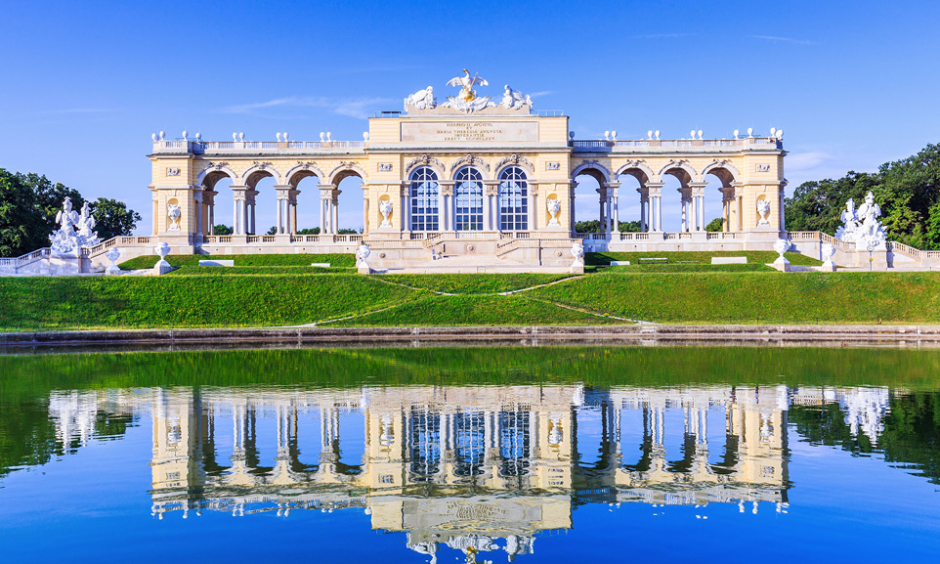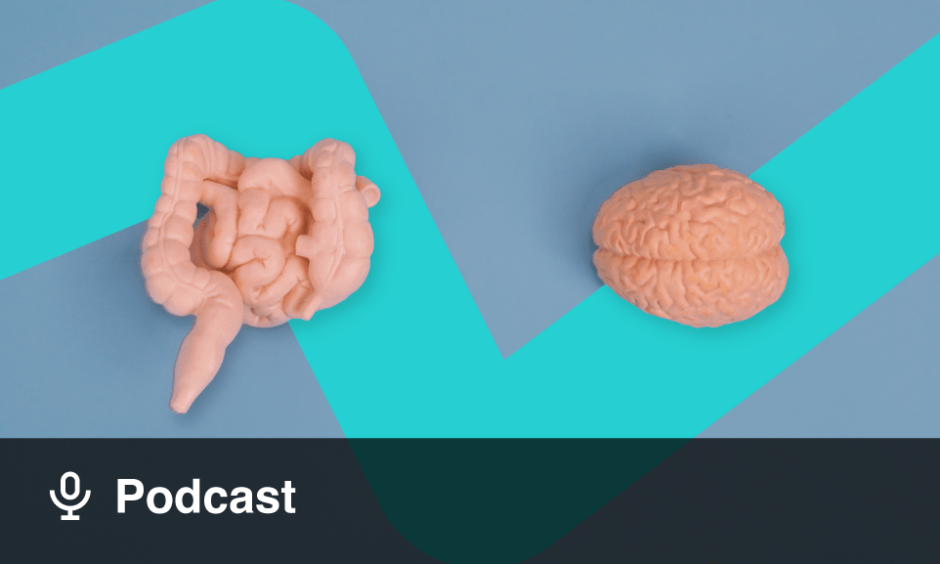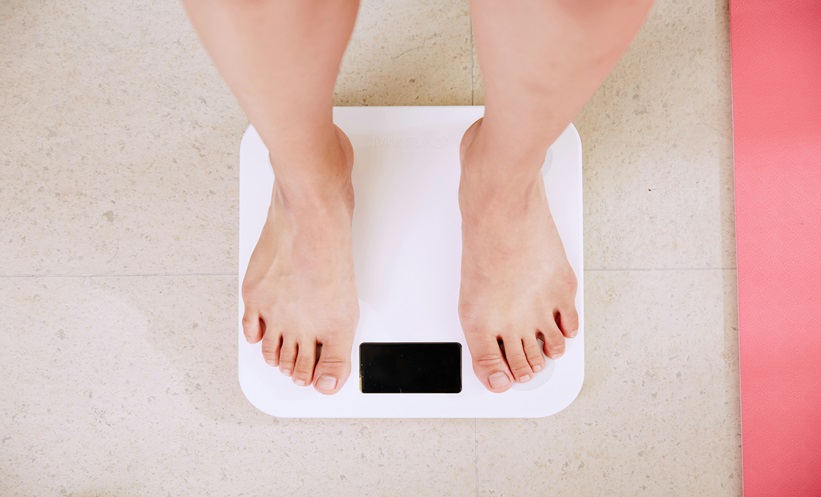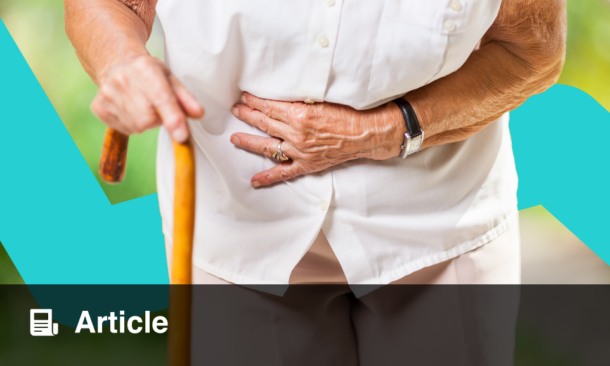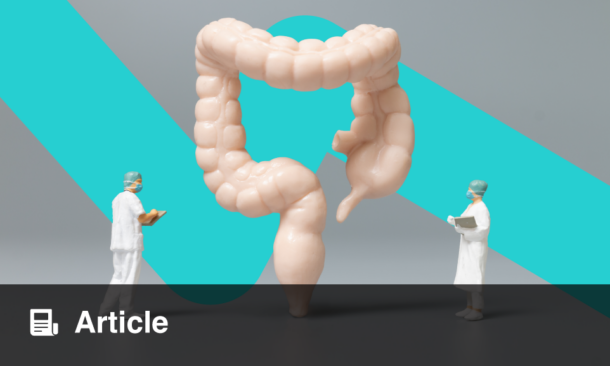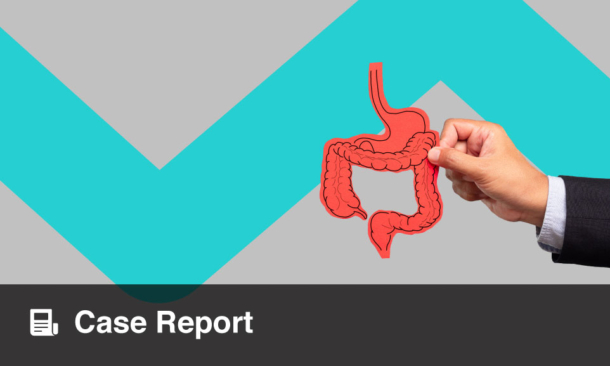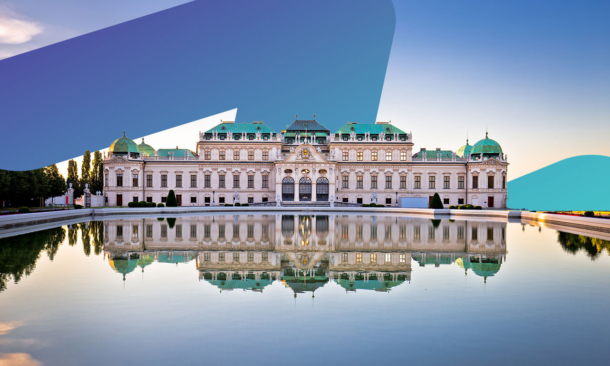Written by James Coker | Reporter, European Medical Journal | @EMJJamesCoker
![]()
Participants of the 26th edition of the annual UEG Week will arrive in the beautiful city of Vienna, Austria, for 5 days from 20th–24th October 2018 that will be abuzz with new discoveries and scientific discussion in the field of gastroenterology. During this period there will be a wide range of session formats covering all the hottest topics in this area of medicine, including plenary lectures, poster and oral abstract sessions, and educational and interactive sessions, ensuring there is plenty for all stakeholders in the field to take part in. For the 7th consecutive year, the EMJ team will be present at the event to make sure we stay abreast of all the new research findings that are made before we finalise our UEG Week congress review, which will be published in December. Click here to subscribe to our gastroenterology content for free to receive instant news of this publication.
History of the Congress
The first ever UEG Week took place back in 1992 in Athens, Greece, and in the following years the congress has exploded in size and significance. Austria has hosted it on four previous occasions, in 1998, 2008, 2014, and 2016. In the 2016 edition, there were around 13,800 people from 116 countries participating either onsite or online, demonstrating the extent to which the event has become highly globalised.1
Last Time Out
The city of Barcelona, Spain hosted last year’s UEG Week from 28th October–1st November 2018, where its 25th anniversary was celebrated in fine style. In total, there were 12,810 individuals in attendance on the ground and 1,316 people watching sessions online who were able to observe a plethora of new data and research presented from the field of gastroenterology. One of these studies displayed the rise in mortality rates from colorectal cancer in young adults, suggesting that screening for this form of cancer should begin at the age of 45 years; another showed the effectiveness of long-term aspirin use on the risk of digestive cancers; and a third outlined the results of a trial which studied the efficacy of a drug on improving Crohn’s disease symptoms that is already approved to treat psoriatic arthritis. These studies and more were described in our in-depth review of UEG Week 2017, which can be viewed here.
Important Timings
The always highly-anticipated Opening Session will take place on Monday 22nd October across two parts. Both held in Room A, Part 1 will occur from 08.00–10.00 and Part 2 from 10.30–12.00. Amongst a packed schedule, numerous awards will be handed out to members of the gastroenterology community who have particularly distinguished themselves over the past year. There will also be a Presidential address by UEG President, Prof Paul Fockens, during this session, outlining to delegates exactly what they can expect over the coming days of the event.
From 22nd–24th October, a huge range of posters, revealing important new studies in the field of gastroenterology will be available to view in Hall X. On Monday 22nd and Tuesday 23rd this will be open from 09.00–17.00, and on Wednesday 24th, the final day of the congress, from 09.00–14.00. The exhibition, which provides delegates with the opportunity to discover the latest products, therapies, and research in the field, will be held in Hall X2–X5 during the following hours: October 22nd from 09.00–17.30, October 23rd from 09.00–17.30, and October 24th from 09.00–14.00.
Hot Topics
This year’s congress will be covering a huge spectrum of topics in digestive health, ensuring there is plenty on offer for those who work in all aspects of research and clinical practice. These include: Crohn’s disease; endoscopic assessment and treatment of gastrointestinal bleeding; bariatric surgery; autoimmune diseases of the liver and bile ducts; gastric cancer; colorectal cancer; functional gastrointestinal disorders; gallstones and complications; constipation; NASH; Barrett’s oesophagus; IBD; acute pancreatitis; eosinophilic esophagitis; autoimmune hepatitis; alcoholic liver disease; faecal incontinence; Helicobacter pylori; coeliac disease; cirrhosis; rectal cancer; ulcerative colitis; pancreatitis; and cirrhosis.2
Social Media
The main UEG Twitter account is: @my_ueg and their Facebook page is located at: https://en-gb.facebook.com/myUEG/. You will find live updates from the event from both of these social media accounts. Additionally, with the EMJ team in attendance, please feel free to tweet us your opinions and insights to our Twitter accounts of @EMJReviews and @EMJGastro. The hashtag for the event is #UEGWeek so please include this on your posts!
History of the City
Vienna has a long and eventful history; the area was first documented during the Roman era, and the core of the city emerged from a Roman military camp called Vindobona in the first Century AD. It wasn’t until around the year 1,200 AD, however, that the city really began to take shape when a surrounding wall was built. It was during this early middle age period that it became one of the principle cities of the House of Babenberg, who ruled the area at that time.3
Later, under the control of the Habsburgs, Vienna was subject to a series of sieges by the Ottoman Empire from 1529–1683 which were successfully rebuffed, earning the city fame and recognition across the globe. These sieges also led to the city developing new fortifications and bastions in place of the outdated medieval city walls. This period also precipitated the creation of many of the city’s most famous buildings.4
During the Napoleonic wars of the late 18th and early 19th Century’s, Vienna was occupied twice in 1805 and 1809 by the French, led by Napoleon Bonaparte. Over the next 100 years, the city grew rapidly in infrastructure and population, reaching 2,031,000 by the year 1910.5 The devastation of World War 1 (1914–18) followed, and whilst not being directly affected by the conflict, Vienna suffered major economic damage.6 The end of this conflict also saw the break-up of the Austro-Hungarian Empire, a constitutional union between Austria and neighbouring Hungry lasting from 1867–1918, of which Vienna was its capital.
Austria was annexed into Nazi Germany in 1938 in a political move that was known as ‘Anschluss’. In World War 2, which followed shortly afterwards, Vienna’s infrastructure was badly damaged and a large proportion of its citizens were killed, necessitating a lengthy period of recovery.7 During the Cold War, the city became an important bridge between the Soviet controlled East and capitalist West of Europe. It has since remained a popular international meeting and conference place, also attracting a vast number of tourists every year due to its rich cultural and architectural heritage.8
Places to Visit
There are numerous iconic places to see in Vienna, and here are three you may wish to consider during your stay in the city:
St. Stephen’s Cathedral: At 700 years old, St. Stephen’s Cathedral is regarded as one of the most important landmarks in the whole of Austria. Both internally and externally, this building displays magnificent architecture, and a panoramic view of the city is offered from the top of its tower.9
Hofburg Imperial Palace: This palace, which was residence and seat of government of the Habsburg Emperors, is one of the biggest palace complexes in the world. It now contains a plethora of buildings including museums and the renowned Spanish Riding School.10
Ringstrasse: This famous boulevard contains a range of monumental buildings which are a must-see for any visitors to the city, including the Vienna State Opera and the Museum of Fine Arts.11
This year’s annual UEG promises to once again be a seminal event in gastroenterology, showcasing the latest advances and research in this area of medicine. The EMJ team will be in attendance; please do come and say hello if you see us around the congress centre!
REFERENCES
- UEG. UEG Week: An Annual Event. Available at: https://www.ueg.eu/week/past-future/ueg-week-archive/. Last accessed: 27 September 2018.
- UEG Week. Scientific Programme. Available at: https://www.ueg.eu/week/programme/scientific-programme/. Last accessed: 27 September 2018.
- City of Vienna. From the Roman Military Camp to the End of the First Millenary – History of Vienna. Available at: https://www.wien.gv.at/english/history/overview/romans.html. Last accessed: 27 September 2018.
- City of Vienna. The late medieval Period – History of Vienna. Available at: https://www.wien.gv.at/english/history/overview/medieval.html. Last accessed: 27 September 2018.
- City of Vienna. Growth of the City – History of Vienna. Available at: https://www.wien.gv.at/english/history/overview/growth.html. Last accessed: 27 September 2018.
- City of Vienna. From the Capital of the Austro-Hungarian Empire to the Capital of the Republic – History of Vienna. Available at: https://www.wien.gv.at/english/history/overview/capital.html. Last accessed: 27 September 2018.
- City of Vienna. The years of the Allied Forces in Vienna (1945 to 1955) – History of Vienna. Available at: https://www.wien.gv.at/english/history/overview/reconstruction.html. Last accessed: 27 September 2018.
- Encyclopaedia Britannica. Vienna: History. Available at: https://www.britannica.com/place/Vienna/History. Last accessed: 27 September 2018.
- Austria Arrive and Revive. St. Stephen’s Cathedral. Available at: https://www.austria.info/us/austria/stunning-and-surprising-art-architecture/st-stephen-cathedral. Last accessed: 27 September 2018.
- Vienna Now Forever. Hofburg – Imperial Palace. Available at: https://www.wien.info/en/sightseeing/sights/imperial/hofburg-vienna. Last accessed: 27 September 2018.
- Vienna Now Forever. Vienna’s Ringstrasse. Available at: https://www.wien.info/en/sightseeing/architecture-design/ringstrasse. Last accessed: 27 September 2018.

